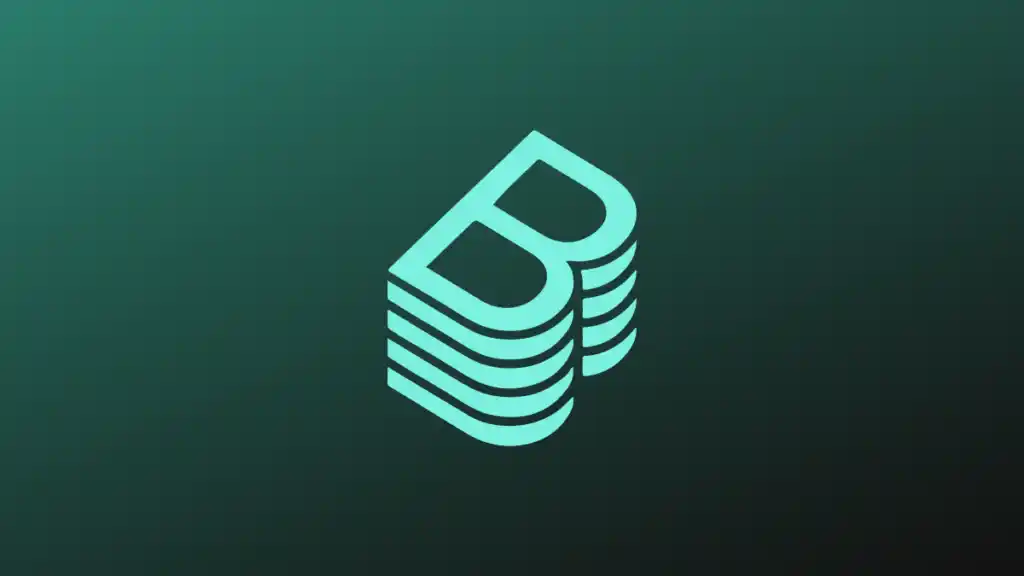How to Use Terraform, Helm, and Kubernetes Together
Learn to integrate Terraform, Helm, and Kubernetes effectively. EaseCloud ensures streamlined provisioning and management for seamless DevOps workflows.
In cloud-native computing, managing infrastructure and applications effectively is crucial for scalability and resilience. Kubernetes, Terraform, and Helm are three leading tools that, when integrated, provide robust solutions for deploying and managing applications in dynamic cloud environments. This guide explores their synergy, showcasing how these tools create adaptable, scalable setups that respond efficiently to changes in cloud infrastructure.
Understanding the Tools
1.1 What are Kubernetes?
The deployment, scaling, and operation of containerized applications are automated by the container orchestration platform Kubernetes. Update management, resource scaling, and fault tolerance are important characteristics. Its main constituents are:
-
Pods are Kubernetes: These are the smallest deployable components.
-
Services: A collection of Pods can be exposed abstractly.
-
Controllers: in charge of controlling the quantity of application replicas are known as deployments.
1.2 What is Terraform?
Terraform is an Infrastructure as Code (IaC) program that enables infrastructure definition and provisioning using a declarative configuration language. It supports many cloud environments and manages resources via providers and modules:
Providers employ platforms (like AWS and GCP): Modules include resource configurations that can be shared and reused.
1.3 What is Helm?
Helm serves as a Kubernetes package manager, making it easier to deploy, update, and administer intricate Kubernetes applications using charts:
- Collections of pre-configured Kubernetes resources make up charts. Helm charts' values files make it simple to modify program settings.
Setting Up Your Environment
2.1 Prerequisites
Before beginning, ensure the following tools are installed:
- Kubernetes CLI (kubectl) Terraform Helm You can use a local Kubernetes cluster (e.g., Minikube) or a cloud-based cluster from platforms like EaseCloud.io.
2.2 Installing Terraform
Visit Terraform's official website to download the relevant Terraform package for your operating system. After extracting the package, put the binary in the PATH directory on your computer. Check the installation using:
terraform version2.3 Installing Helm
Here is the procedure for installing Helm: Download Helm binaries from the official website. Extract and move the binary to your system PATH. Verify installation with:
helm versionAdd Helm repositories with:
helm repo add [name] [url]Using Terraform to Provision Infrastructure
3.1 Writing Your Terraform Configuration
In your project folder, create a main.tf file with the following structure:
provider "kubernetes" {
# Provider configuration
}
resource "kubernetes_namespace" "example" {
metadata {
name = "example-namespace"
}
}3.2 Terraform Providers for Kubernetes
The Kubernetes provider allows Terraform to interact with your cluster. Authentication details (e.g., API endpoint, credentials) must be specified in your configuration.
3.3 Applying Your Terraform Configuration
Initialize your Terraform environment:
terraform initReview Planned Changes:
terraform planApply The Configuration:
terraform applyTerraform generates a state file to track resources under management, which should be stored securely to ensure consistency.
Deploying Applications with Helm
4.1 Creating a Helm Chart
Generate a new Helm chart:
helm create mychartCustomize the Chart.yaml and values.yaml files for metadata and default settings.
Define application-specific templates in the templates/ directory.
4.2 Installing Applications with Helm
Deploy applications using:
helm install [release-name] [chart]Use the --values flag to provide custom configuration files.
4.3 Upgrading and Managing Releases
Upgrade a release by updating the chart or values file:
helm upgrade [release-name] [chart]Roll back to a previous version if needed:
helm rollback [release-name] [revision]Integrating Terraform and Helm
5.1 Using Helm with Terraform
Terraform's helm_release resource allows managing Helm releases:
resource "helm_release" "example" {
name = "my-app"
repository = "https://charts.bitnami.com/bitnami"
chart = "nginx"
version = "9.3.0"
set {
name = "service.type"
value = "ClusterIP"
}
}5.2 Managing Dependencies
Specify dependencies in Terraform configurations using the depends_on attribute to control the execution order of resources.
Best Practices
6.1 Structuring Your Terraform and Helm Projects
To make Terraform files reusable, group them into modules. To make maintenance easier, keep Helm charts in a different location.
6.2 Version Control
To keep track of modifications and preserve a record of your application and infrastructure configurations, use a version control system (such as Git).
6.3 CI/CD Integration
Automate the deployment of apps and infrastructure by integrating Terraform and Helm into CI/CD pipelines using technologies like GitHub Actions, Jenkins, or GitLab CI.
Impact of EaseCloud on Using Terraform, Helm, and Kubernetes
EaseCloud simplifies the complexities of managing Terraform, Helm, and Kubernetes together. With our robust cloud platform, you can streamline infrastructure provisioning, deployment automation, and cluster management. Whether you're building or scaling, EaseCloud ensures seamless collaboration between these tools, helping you save time and reduce errors in your workflows.
Conclusion
In cloud-native systems, combining Terraform, Helm, and Kubernetes allows for effective infrastructure and application administration. This trinity helps teams create reliable solutions that meet their goals by providing automation, consistency, and scalability.
For Kubernetes, Terraform, and Helm, EaseCloud.io offers professional support, guaranteeing smooth integration and effective cloud administration.
1. Can I use Terraform without Kubernetes?
Yes, Terraform can provision resources across multiple cloud providers, even without Kubernetes.
2. How does Helm differ from Kubernetes?
Kubernetes orchestrates containers, while Helm simplifies application management through package-based deployments.
3. Is it possible to roll back changes in Terraform?
Although Terraform lacks a native rollback command, you can manually revert changes using previous configuration files.
4. What are the common challenges when using these tools together?
Managing state consistency and versioning across Terraform and Kubernetes can be complex. Regular testing and clear workflows mitigate these issues.
Implement DevSecOps with EaseCloud. Automate security checks in CI/CD pipelines for faster, safer software delivery. Enhance compliance and efficiency now.
Optimize Site Reliability Engineering with EaseCloud’s tools for stability, monitoring, and automation. Enhance performance and reduce downtime today.


